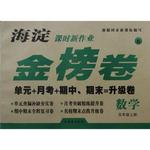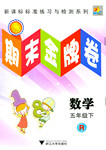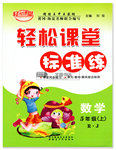题目内容
Today, whether or not you follow the latest trends, one’s fashion and choice of dress is a reflection of one’s individual style and tastes. Can you still remember how you dressed at the start of China’s opening-up? Today’s program is one of a special series commemorating (纪念) the 30th anniversary of reform and opening-up in China. In these two episodes we focused on fashion and style and were honored to invite two special guests to join us in studio—Ms. Zhang Ling from Raffles-BICT Inter-national College and Alex from Esquire magazine.
When we talk about fashion, color is absolutely crucial. A color can reflect the mood of an individual person or the spiritual temperament(性情) of entire society or age. Mrs. Zhang and Alex talked about the colors which have left the greatest impression on them. In the 1960s and 70s, blue and grey were the dominant colors at the time and people had limited choices to dress up. But fast forward to the present, you will find no difficulty in choosing from array(大批) of vivid colors in the market.
We also gave our guests a list of keywords—traditional brands, jeans, DIY, international brands, personal dress for them to choose from in order to represent the fashion of their generation. We find out that for every keyword our guest chose, there was a special story behind it. Some of the stories brought us back to old times—we even brought some vintage(古老的) clothing from the 60s and 70s up on stage and invited some audience members to try them on.
When we mention fashion, we must mention brand. With increasing disposable(可自由使用的) income and purchasing power of the Chinese, many luxury brands have flocked into China. However, you could imagine in 1980s, when the first inter-national brand came to China, it unveiled(展示) a fashion storm among the Chinese.
1. China’s opening-up dates back to _______.
|
A.the 1960s |
B.the 1970s |
C.the 1980s |
D.the 1990s |
2. All of the following EXCEPT _______ are keywords in representing the fashion of our generation.
|
A.traditional brands |
B.international brands |
|
C.personal dress |
D.special stories |
3. The fact that many luxury brands have flocked into China shows that _______.
|
A.China has given up its own culture |
|
B.Chinese have been tired of array of vivid colors in the markets |
|
C.Chinese have increased their disposable income and purchasing power |
|
D.China has grown tired of its traditional brands |
1.B
2.D
3.C
【解析】
1. 细节题 第一段第四行the 30th anniversary of...
2. 推理题 第三段的前三行
3. 细节题 最后一段 with increasing disposable...

 海淀课时新作业金榜卷系列答案
海淀课时新作业金榜卷系列答案 期末金牌卷系列答案
期末金牌卷系列答案 轻松课堂标准练系列答案
轻松课堂标准练系列答案
| |||||||||||||||||||||||||||||||||||||||||||||||||||||||||||